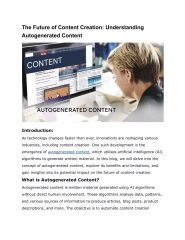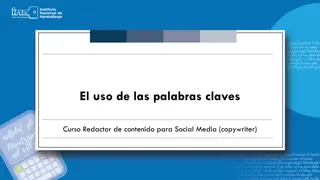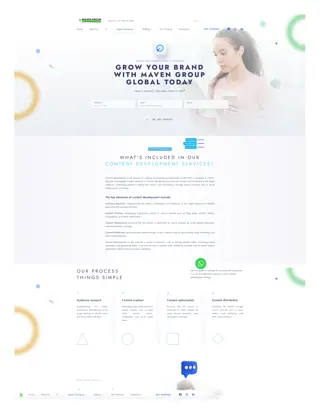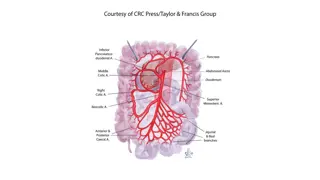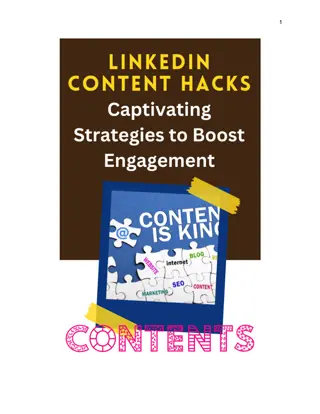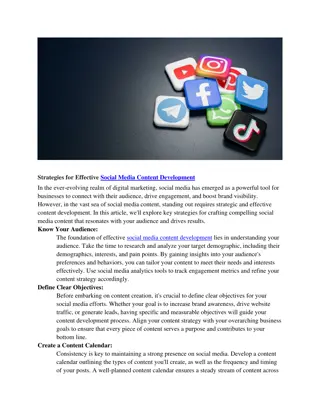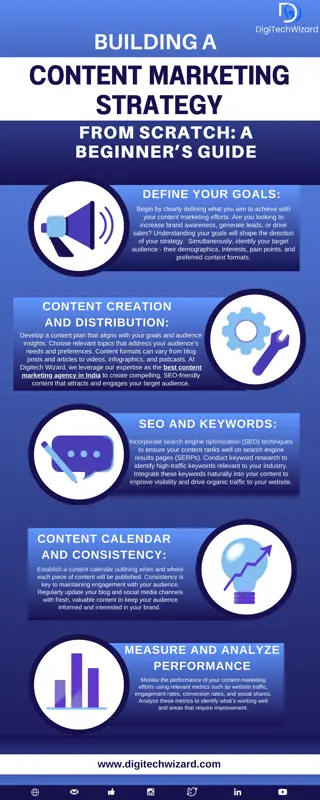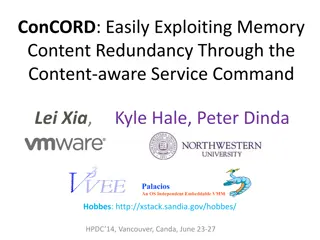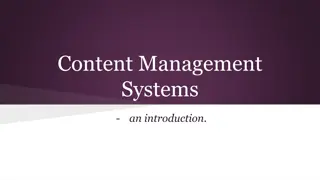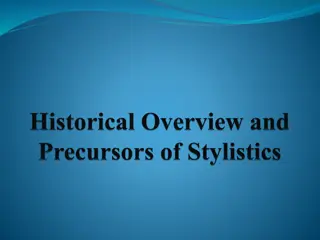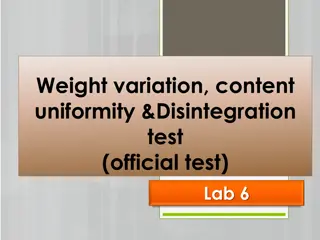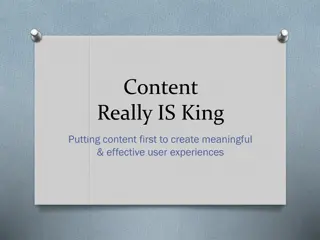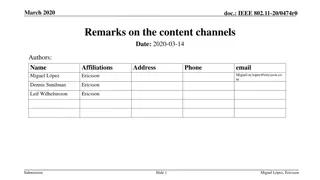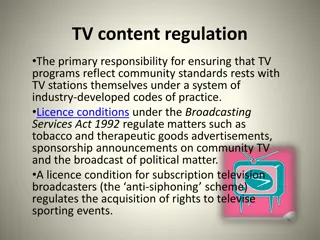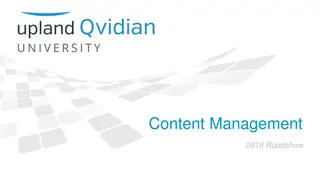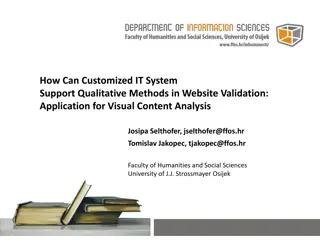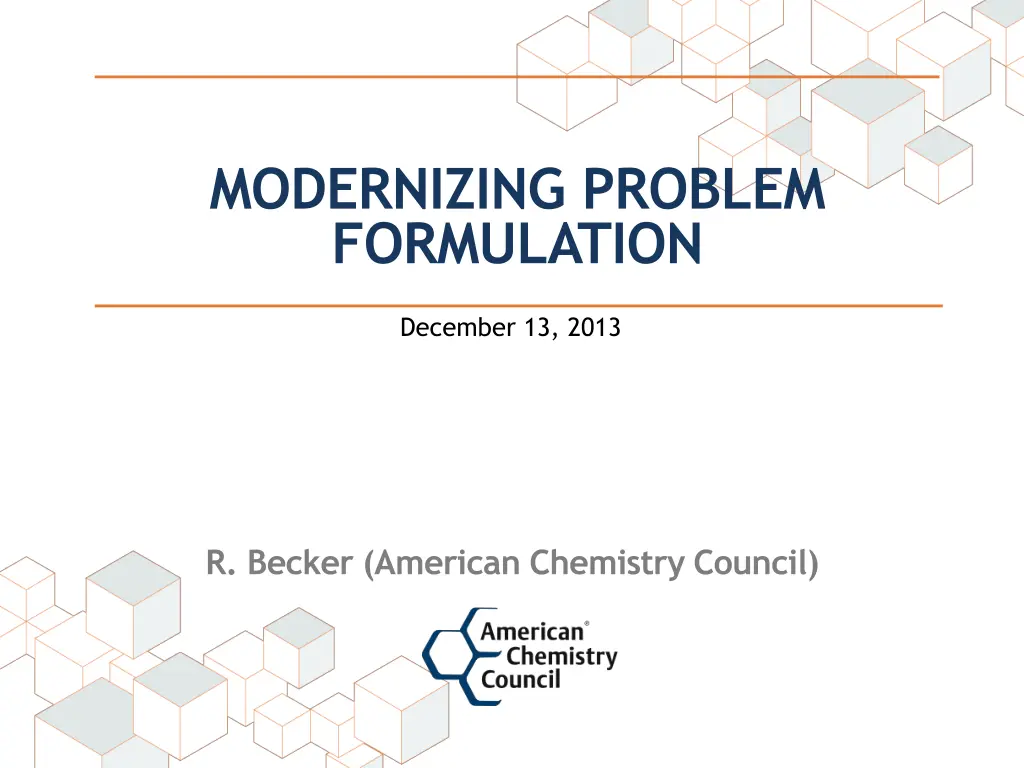
Improving Risk Assessment through Modernizing Problem Formulation
Enhance the accuracy and relevance of risk assessment by modernizing problem formulation. Key elements include data acquisition protocols, evaluation frameworks, and best practices for integration. Recommendations focus on articulating organizing elements and central practices to draw accurate conclusions in risk assessment processes.
Download Presentation

Please find below an Image/Link to download the presentation.
The content on the website is provided AS IS for your information and personal use only. It may not be sold, licensed, or shared on other websites without obtaining consent from the author. If you encounter any issues during the download, it is possible that the publisher has removed the file from their server.
You are allowed to download the files provided on this website for personal or commercial use, subject to the condition that they are used lawfully. All files are the property of their respective owners.
The content on the website is provided AS IS for your information and personal use only. It may not be sold, licensed, or shared on other websites without obtaining consent from the author.
E N D
Presentation Transcript
MODERNIZING PROBLEM FORMULATION December 13, 2013 R. Becker (American Chemistry Council)
Key Scientific Improvements Needed in IRIS Problem formulation, including plan for conducting the assessment Data acquisition protocol Data evaluation protocols for each major type of study: epi, animal tox, mechanistic for determining quality & reliability Transparent framework for integrating results - weight of evidence methodology to evaluate mode(s) of action, cause and effect, etc. Accurate characterization of potential risks associated with exposures at environmental levels (including uncertainties) Independent peer review, responsiveness to scientific issues raised and accountability that these are addressed 2
Weight of Evidence Framework for Integration of Lines of Evidence Outcome of the December 2012 Workshop organized by ACC s Center for Advancing Risk Assessment Science and Policy http://arasp.americanchemistry.com/ 3
Recommendations on Best Practices for WoE from Rhomberg et al. 2013 Articulating the central organizing elements Modernizing problem formulation Specific best practices for data acquisition, data evaluation, WoE (integration) and drawing conclusions Implementing Best Practices 4
Modernizing Problem Formulation Improving the problem formulation phase is a key to making risk assessment: more scientifically accurate more practical more relevant for protecting human health and the environment more useful for risk-managers 5
Steps Needed to Modernize Problem Formulation Intended purpose of the assessment (incl. how outcomes will be used (which programs & for which RA & RM purposes) Identify uses, sources and exposures, key potential exposure scenarios & populations Identify and summarize conclusions of recent relevant peer reviewed evaluations (e.g., ITER, ATSDR, NTP, IARC; journal publications) Summarize the potential hazards of key concern for the assessment 6
Steps Needed to Modernize Problem Formulation Building from the Preamble: articulate the specifics: lit search strategy, data evaluation protocols, etc. Preliminary identification of hypothesized modes of action for production of these toxicities: absolutely necessary for cancer endpoint evaluations Define the framework that will be used for study integration (e.g., WHO/IPCS Key Events DR Framework; Hypothesis-Based WoE Framework, etc.) Articulate the key scientific issues that need to be addressed in the evaluation of the hypothesized Modes of Action 7
Stakeholder Meeting: Open and Frank Discussion Of the Problem Formulation documentation (analysis plan) Of the key scientific issues that need to be addressed in the assessment and specifically for evaluation of the hypothesized Modes of Action 8
Modernizing Problem Formulation: A Necessity ARTICULATE SPECIFIC HYPOTHESES: Chloroform Example Hypothesis A: : CHCl3 acts via a mutagenic MoA, a MOA which entails a linear, non-threshold dose-response, to produce a cancer risk to humans at typical exposure levels . Hypothesis B: CHCl3 acts via a cytotoxic MoA, a MOA which entails a non-linear, threshold dose-response, such that cancer risk to humans only arises at cytotoxic exposure levels . 9
A Clear Path Forward for IRIS 1) Modernize problem formulation make MoA a central element (articulate specific hypotheses for each MoA) 2) A priori detail the specific weight of evidence framework that will be used for integrating results 3) Use best practices for data acquisition, data evaluation, WoE, risk characterization, peer review, revision and finalization 4) Implement immediately and incorporate continuous improvement procedures 10
THANK YOU 11

